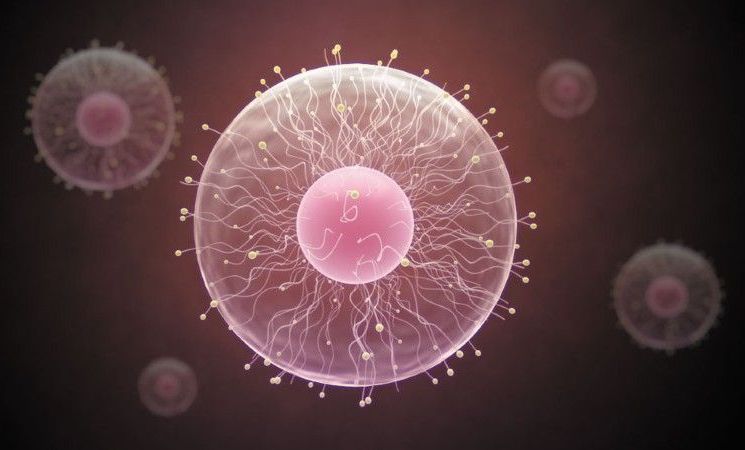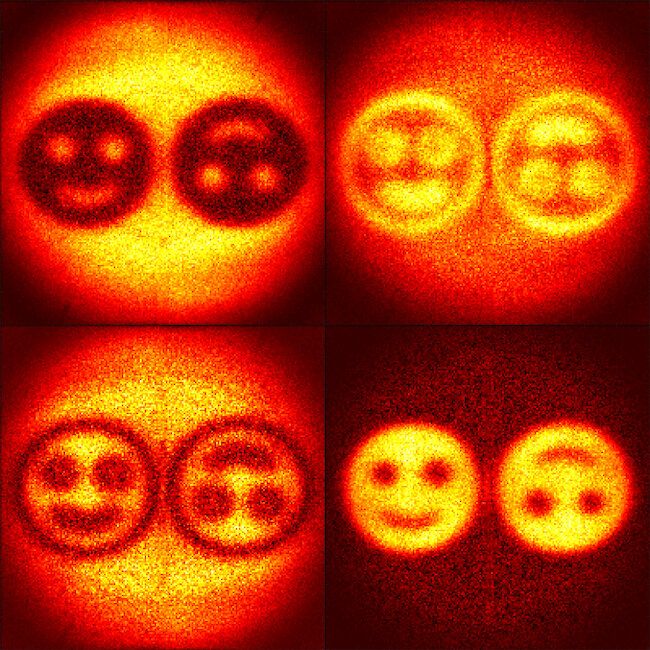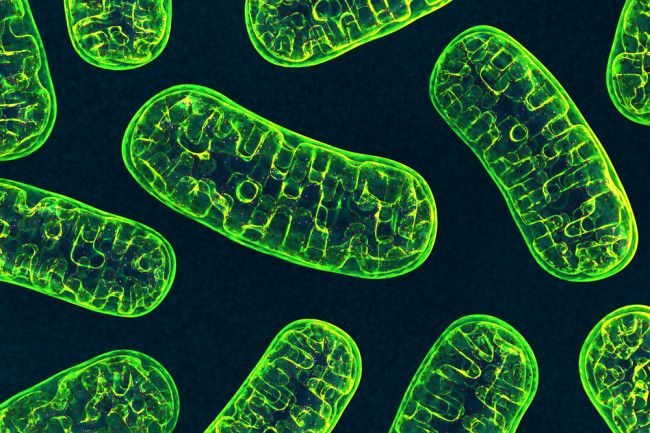22-year-old Joe DiMeo of New Jersey is the world’s first successful face and double-hand transplant.


The “Flesh Without Blood” singer put a timeline on the plans, stating: “Let’s aim for chips by 2022. It’s experimental surgery but if it succeeds we’ll have the knowledge of the Gods haha.”
Lil Uzi agreed, writing: “Okay!!! I will call u for more detail.”

This is the FOURTH PART of the interview with Harold Katcher in Modern Healthspan YouTube channel.
Dr. Harold Katcher is a professor of Biology at the University of Maryland. He has been a pioneer in the field of cancer research, in the development of modern aspects of gene hunting and sequencing. He carries expertise in bioinformatics, chronobiology, and biotechnology. Dr. Katcher is currently working in the capacity of Chief Technical Officer at Nugenics Research exploring rejuvenation treatments in mammals.
In May 2020 there was a paper published on biorxiv about the rejuvenation of rats by over 50%. We did a review of the paper which you can find linked to above. In this interview series we talk with Dr. Harold Katcher, one of the main authors of the paper about the experiment, the steps to get validation, commercialization and how the results fit into his theories of aging.
In this video Dr. Katcher explains his theories on what causes aging, which he believes is a process that is programmed into us and is therefore malleable. I find his theories very interesting and compelling.
Dr. Katcher’s 2015 paper on the theory of aging is here:
Towards an evidence-based model of aging.
https://pubmed.ncbi.nlm.nih.gov/26054348/
The paper on plasma exchange can be found here https://www.biorxiv.org/content/10.1101/2020.05.07.082917v1.full.


Human-Autonomy Interaction, Collaboration and Trust — Dr. Julie Marble, JHU Applied Physics Laboratory (APL)
Dr. Julie Marble is a senior scientist at the Johns Hopkins University Applied Physics Laboratory (JHUAPL) leading research in human-autonomy interaction, collaboration and trust.
Dr. Marble earned her PhD in Human Factors/Cognitive Psychology from Purdue University. After graduating from Purdue University, she joined the Idaho National Laboratory (INL), one of the national laboratories of the United States Department of Energy involved in nuclear research, first in the Human Factors group and then the Human and Robotic Systems group.
Following INL, she joined Sentient Corporation, where as CEO she led a DARPA Broad Agency Announcement BAA on Neuro-Technology for Intelligence Analysts and led research on to develop an intelligent decision aid to perform just-in-time maintenance on Navy helicopters.
Dr. Marble then worked as a Senior Scientist at the US Nuclear Regulatory Commission leading international and US studies on Human-Reliability Analysis methods in this vital domain and related to this, she is internationally recognized for her work, and is co-author of the SPAR-H method (Standardized Plant Analysis Risk Human Reliability Analysis), the most commonly used method of human reliability analysis in the US. She is also co-developer of the Cultural Affective Model, which integrates cultural impacts into human reliability in order to predict operator behavior.

We can immediately supersede the Mojo Vision approach for retinal projection, with an interim projection system using metalenses. The Mojo Lens approach is to try to put everything, including the television screen, projection method and energy source onto one contact lens. With recent breakthroughs in scaling up the size of metalenses, an approach utilizing a combination of a contact metalens and a small pair of glasses can be utilized. This is emphatically not the Google Glass approach, which did not use modern metalenses. The system would work as follows:
1)Thin TV cameras are mounted on both sides of a pair of wearable glasses.
2)The images from these cameras are projected via projection metalenses in a narrow beam to the center of the pupils.
3)A contact lens with a tiny metalens mounted in the center, directly over the pupil, projects this projected beam outwards, through the pupil, onto the full width of the curved retina.
The end result would be a 360 degree, full panorama image. This image can either be a high resolution real time vision of the wearer’s surroundings, or can be a projection of a movie, or augmented reality superimposed on the normal field of vision. It can inherently be full-color 3D. Of course such a system will be complemented with ear phones. Modern hearing aids are already so small they can barely be seen, and have batteries that last a week. A pair of ear phones will also allow full 3D sound and also will be the audible complement of augmented vision.
Cameras in cell phones using traditional lenses are already very thin, and even they could be used for an experimental system of this type, but the metalens cameras will make this drastically thinner. The projection lens system must work in combination with the lens over the pupil. This also means that when the glasses are removed, the contact lens must also be removed, or the vision will be distorted.
The end result will be a pair of glasses, not quite as thin as an ordinary pair of glasses, but still very thin and comfortable. Instead of trying to mount the power source in the contact lens, like Mojo Vision is trying to do, a small battery would be mounted in the glasses. Mojo Vision is probably going to have to do something similar for the power source: put the battery in a small pair of glasses that projects the energy onto its contact lens.

The U.S. military routinely deploys throughout the world where warfighters can potentially be exposed to regional endemic diseases as well as chemical, biological, radiological, or nuclear (CBRN) threats. Rapid access to medical countermeasures (MCMs) against these threats is critical to protect Defense Department (DoD) personnel and local populations; however, manufacturing, stockpiling, and distribution issues remain.
